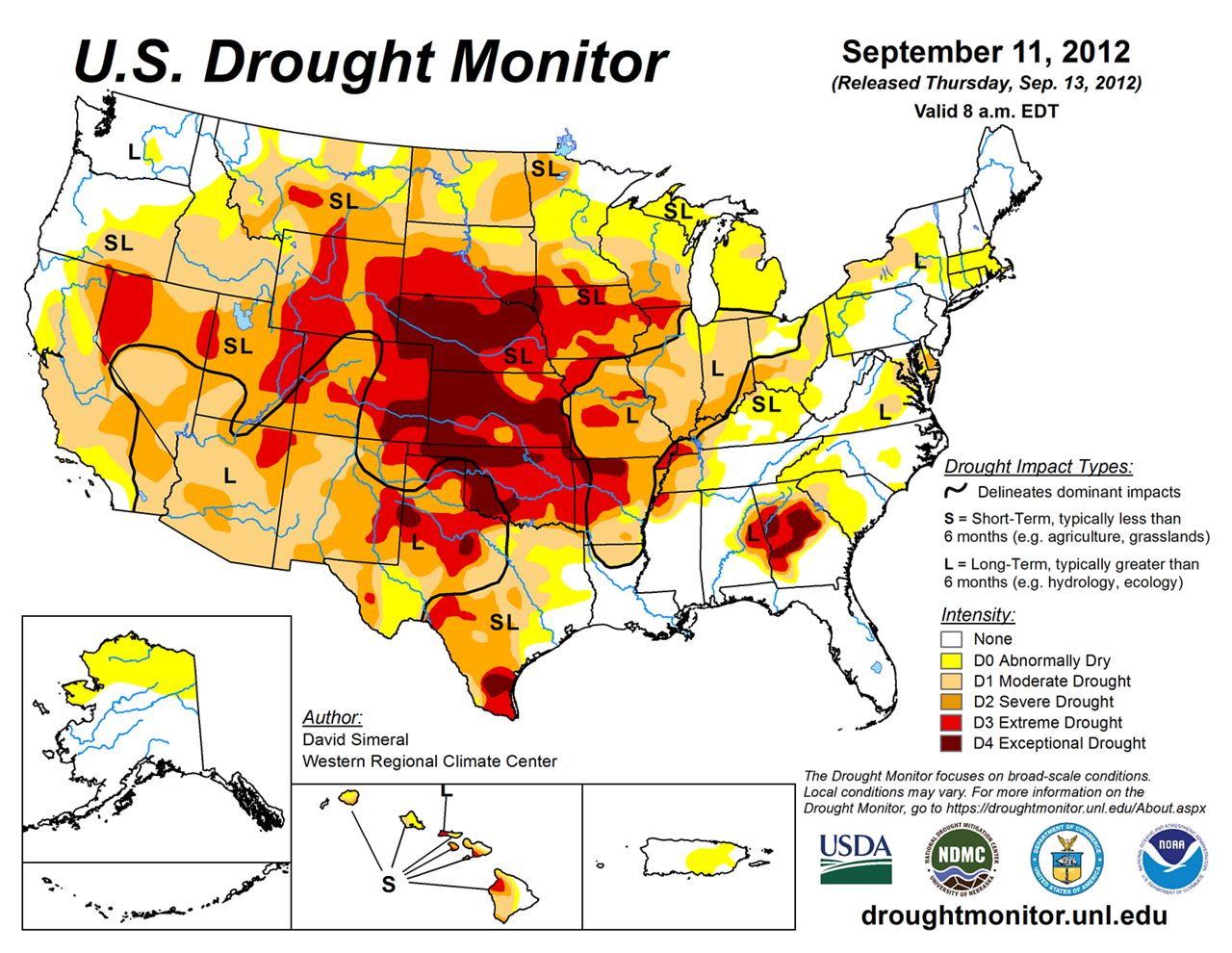You’re probably familiar with what a drought is, but what about a flash drought? It’s a type of drought that intensifies rapidly within a few days or weeks.
Flash droughts develop over a faster timescale than a regular drought, and there are more contributing factors than just a lack of rainfall.
Besides little-to-no rainfall, flash droughts intensify because of a combination of above normal temperatures, high winds and radiation, or sun.
They are most common in the western and central U.S. during the warm season, which is also the growing season. La Niña years produce more flash droughts, linked to warmer and drier than normal conditions across the South and other growing zones.
Similar to a conventional drought, flash droughts increase wildfire risk, diminish local water supplies and put a stress on the ecosystem.
According to NOAA, the changes in the weather that lead to flash droughts increase evapotranspiration and lower soil moisture. Evapotranspiration is when water is removed from the ground and plants and evaporates into the atmosphere.
If not predicted or discovered early enough, that process can cause extensive damage to agriculture and local economies that rely on it. If severe enough, it could threaten food supply for some local communities.
NOAA says that the widespread flash drought in the summer of 2012 led to more than $30 billion in damage across the central Great Plains.
U.S. Drought Monitor in Sept. 2012, showing most of the central Great Plains under an extreme to exceptional drought. (NOAA)
Here are some photos from across the Central U.S. during the 2012 flash drought.
Since the studies of flash drought are relatively new, we need more research to learn its complete economic and environmental effects.
Accurately predicting flash droughts is the most successful way to mitigate potential damage and losses it could cause. Researchers found that changes in the rate of evapotranspiration and soil moisture are two of the early warning signs one could occur.
The quickest way to end a flash drought it the same way to end any other drought: rainfall. To track drought in your area, click here. The national drought monitor is updated every Thursday.
Our team of meteorologists dive deep into the science of weather and break down timely weather data and information. To view more weather and climate stories, check out our weather blogs section.

